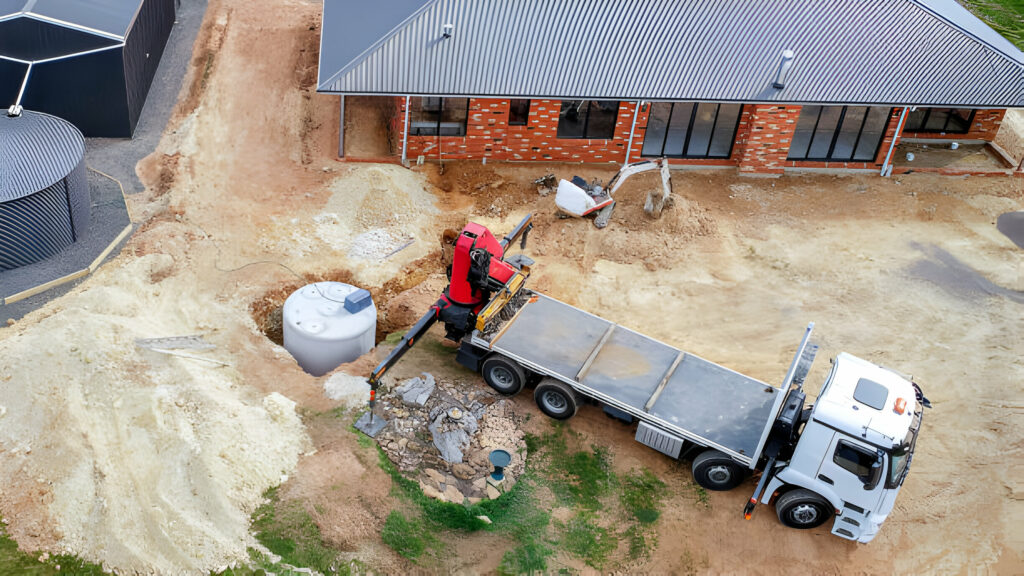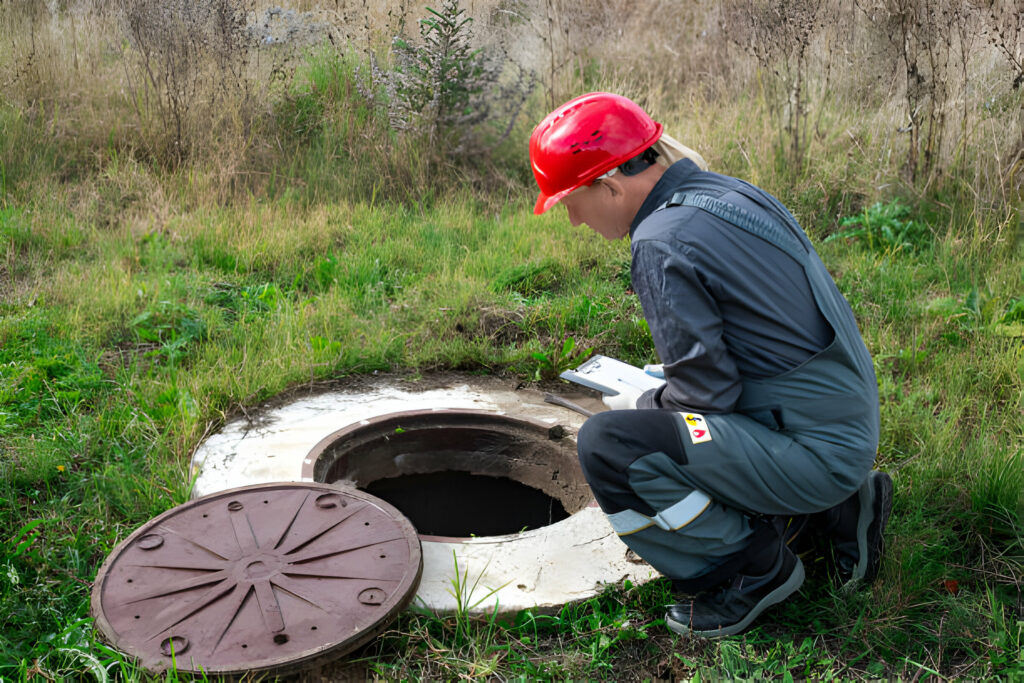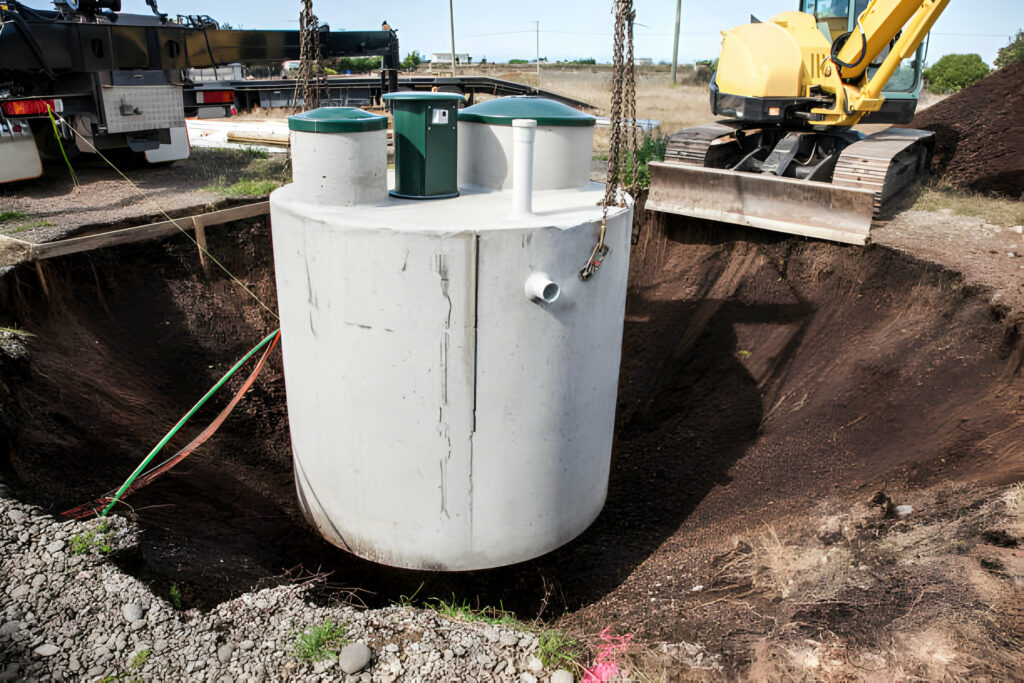
For households not connected to centralized sewer lines, private onsite septic systems provide invaluable wastewater treatment functionality. Though largely self-sufficient once installed properly, septic systems still require periodic attention and care to ensure decades of uninterrupted service.
By routinely completing simple preventative maintenance tasks, homeowners can extend operational longevity and avoid premature failures necessitating expensive repairs or full replacements. Consider adopting this seasonal checklist covering key areas to monitor and DIY upkeep jobs that protect system integrity.
Springtime system opener
First, visually check for any signs of winter damage after snow melts, including:
❏ Cracked lids, caps or vent pipes
❏ Underground shifting or settled soil over tanks/pipes
❏ Drainage impairments like flooded soils or erosion
Next, walk the entire property looking for surface clues indicating leaks or clogs may be troubling the subsurface treatment network:
❏ Patches of vibrant green grass over the drain field
❏ Standing water or muddy soils around cleanouts and manholes
❏ Strong sewage odors near system access points
Finally, flush water through floor drains and other lesser-used pipes to maintain flow and seals. Don’t hesitate to hire contractors if substantial failures exist.
Summer season tank health check

Summertime water use peaks, so monitor system demands and usage habits. Refill septic treatment additives that boost helpful microbiology. Watch for:
🔎 Slow drains or gurgling sounds
🔎 Plumbing backups
🔎 Ground saturation over the leach field
🔎 Alarm lights or notices
High temperatures also accelerate waste decomposition, potentially increasing sludge accumulation and odors. Have tanks pumped if needed.
Fall system preparation
Inspect electrical components, pumps, aerators, floats, alarms and wiring before winter. Ensure risers, covers and vent caps are secured to withstand heavy snow loads without breaking or letting in frozen precipitation.
❄️ Disconnect rain gutters that may direct snowmelt or rainwater towards system
❄️ Insulate access lids/openings
❄️ Check heating cables and thermostats if installed
Year-round wastewater wisdom

Ongoing, homeowners should:
🚰Spread laundry and dishwashing evenly through the week
🚰 Conserve water in sinks, showers, tubs
🚰 Limit use of garburators and caustic drain cleaners
🚰 Divert other household wastewater like roof runoff away from the leach field vicinity
🚰 Flush water through unused basement, laundry or garage floor drains monthly
🚰 Landscape over the drain field area with only shallow rooted plants
🚰 Keep detailed system records for reference
🚰 Service alarms, aerators, pumps and panels annually
🚰 Inspect condition of electrical controls before winter
🚰 Ensure manhole risers remain accessible for inspections
Together, purposeful monitoring and proactive preservation practices dramatically extend operational longevity for only minor efforts keeping treatment functionality at peak performance year after year.
Think about setting annual calendar reminders on your smart phone to prompt completing seasonal maintenance tasks. Saving receipts for parts/additives creates helpful logs too if issues arise. Consider enrolling in recurring tank pumping service plans offered by reputable contractors like Wetlands Pacific to lock in discounted rates and automatically remain compliant with routine cleanouts.
Stay vigilantly attentive to any deviations from normal system behavior. Strange gurgles, saturated lawns over the leach field or stenches warrant further investigation. Video camera pipe inspections accurately identify blockages needing clearing before small drain clogs cascade into emergency failures. Catching problems while still minor prevents expensive avalanches down the road!
With regular upkeep and careful monitoring, homeowners can reasonably expect a typical conventional gravity-fed septic system to last 25-30 years or longer before requiring any major upgrades. More advanced designs integrating pumps, treatment wetlands and disinfection equipment reliably serve households for generations.
Stay proactive, and your wastewater investment will pay back dividends for decades protecting family health while preventing contamination of vulnerable waterways! Please reach out to Wetlands Pacific anytime with questions about protecting the capabilities of your essential onsite system.